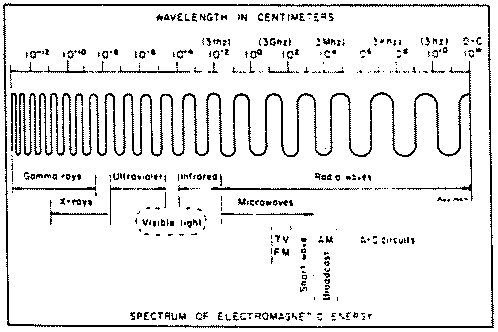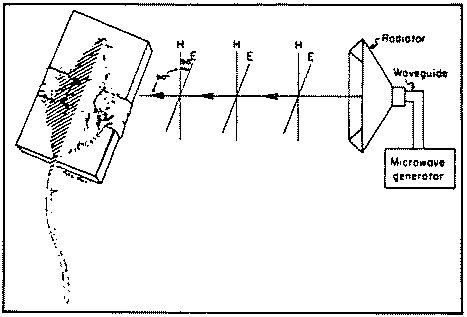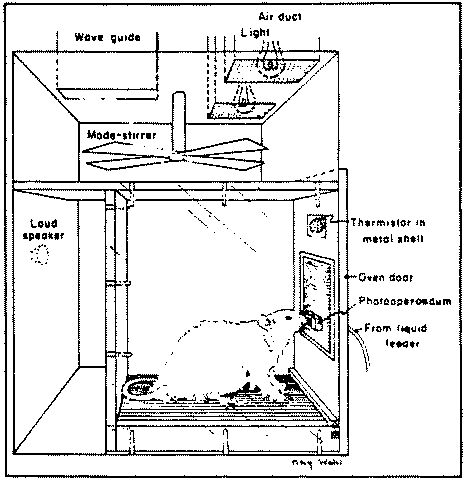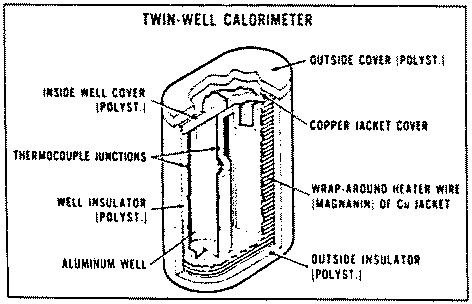|
complication notwithstanding, the layman's interest in electrobiology is well attested by the substantial volume of the popular literature; but the strange and often conflicting claims that appear are equally an attest to a related truth: Science is sorely lacking in an understanding of basic electrobiological mechanisms. Moreover, the absence of a satisfactory theory of the role of intrinsic electrical events in uni- or multicellular organisms puts a heavy epistemological burden on those who would explain how an organism reacts to electromagnetic fields of extrinsic origin. With the possible exception of mammalian photoreception, which is better understood anyway as a quantum mechanical process than one involving electromagnetic wave activity, there are few basic data on the biological response to exogenous electromagnetic fields. The hard data that do exist - those vindicated by independent experimental confirmations - are without exception correlative or descriptive. Many of the findings are of interest to the psychologist, however, not only because behavior has often been the end point of successful electrobiolocical experimentation, but also because psychologists have played important roles in these researches, particularly in the development of methodology and instrumentation. In this essay, I summarize some contributions by experimental psychologists to the biological study of radio-frequency electromagnetic fields, especially the "microwaves." But first the reader should be acquainted with a few fundamentals of wave theory and provided with a synopsis of pertinent historical
Figure 1. Components of the electromagnetic spectrum. Frequencies are in cycles per second (hertz, Hz) are shown in parentheses. (Abbreviations: D-C, direct current or zero Hz; G, giga- = 109; K, kilo- = 103; M, mega- = 106; and t, tera- = 1012.) |
developments. The reader who disdains technical discussions may wish to skip the next few paragraphs, but will probably be rewarded by a better understanding of the materials that follow if he or she opts to read them. Electromagnetic Wave TheoryThe microwave portion of the electromagnetic spectrum includes the emanations of radars, television, and short-wave radio, The microwaves range in frequency from a few to several thousands of megahertz (MHz). In in vacuo wavelengths, the microwaves range from a few meters to about a millimeter. The relation of the microwaves to the other components of the electromagnetic spectrum is shown in Figure 1. My review of data stops short of the radiations of the infrared spectrum and of the solar and cosmic radiations that lie beyond, but I am not drawing an altogether arbitrary line. While absorption of electromagnetic energy of any wavelength translates to and results in an increase of kinetic energy in the biological target, the photon energies of radio-frequency radiations are vanishingly small. Not so of radiations of higher frequency. The ineluctable product of the multiplication of frequency by Planck's universal constant, photon energy, becomes a potent biological factor at higher frequencies. Correlated with the magnitude of photon energy is the probability that a radiation will ionize the atoms of the absorbing target. The displacement of electrons from atoms, the crux of ionization,creates additional electrical charges within and among, molecules thereby posing distinct biomolecular hazards - distinct, that is, from the heating of body tissues that results from a moderate increase of kinetic energy. Stated another way, at densities that are low in terms of available kinetic energy, X- and gamma-radiations are like cool but deadly bullets compared to the benign ripples that bathe the the organism on exposure to commensurate densities of microwaves and other radio-frequency the energy. On the other hand, exposure to high densities of radio-frequency energy is hazardous and can result in excessive heating. Witness the potato that bakes to bursting in a microwave oven in less than four minutes! A major factor that distinguishes the biological response to radiation by microwaves as opposed to radiation by infrared and ultraviolet energies is that the latter are absorbed or scattered near the |



